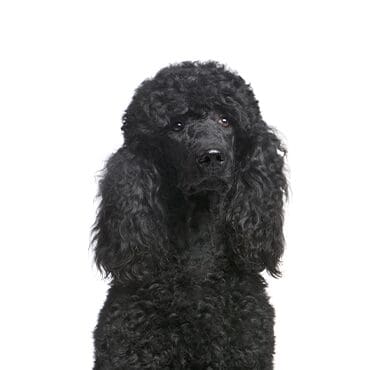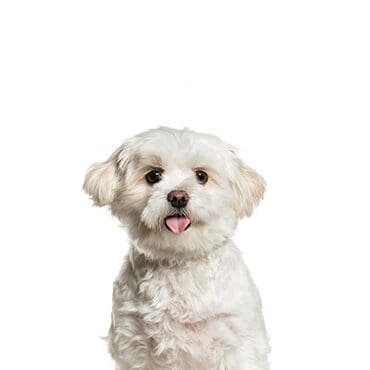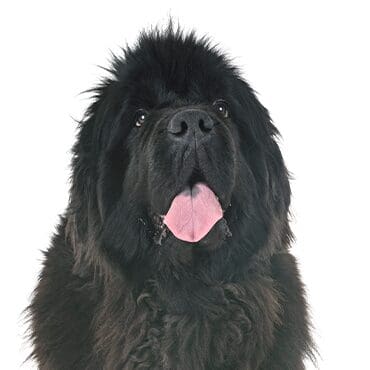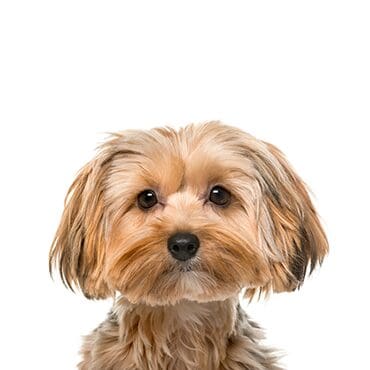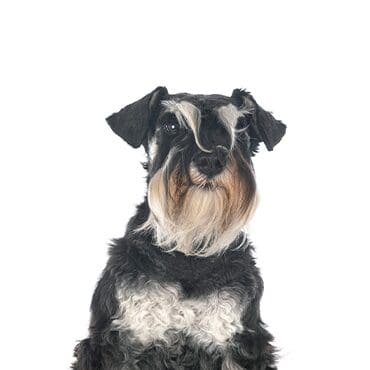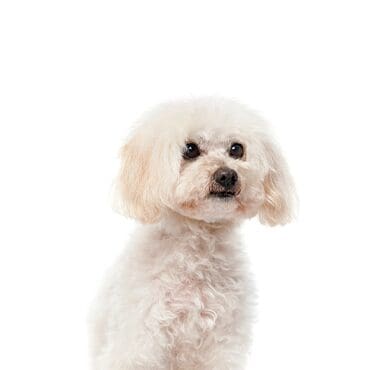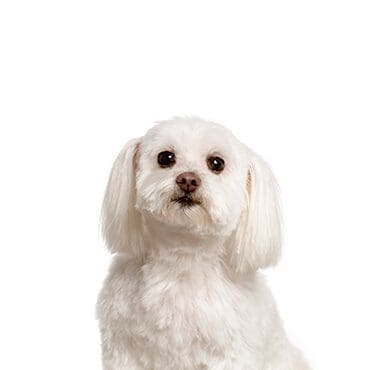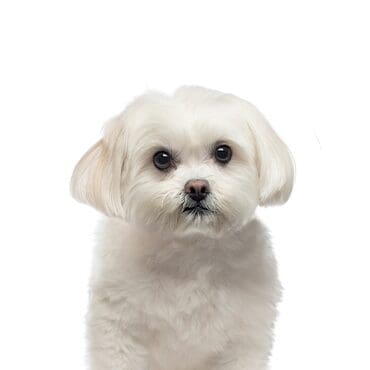Breeds
May 27, 2025 |
Categories:
Poodle
May 27, 2025 |
Categories:
Pom-Poo
May 27, 2025 |
Categories:
Peek-A-Poo
May 27, 2025 |
Categories:
Newfoundland
May 27, 2025 |
Categories:
Morkie
May 27, 2025 |
Categories:
Miniature Schnauzer
May 27, 2025 |
Categories:
Malti-Shi
May 27, 2025 |
Categories:
Malti-Poo
May 27, 2025 |
Categories:
Malti-Chon
May 27, 2025 |
Categories:
Maltese
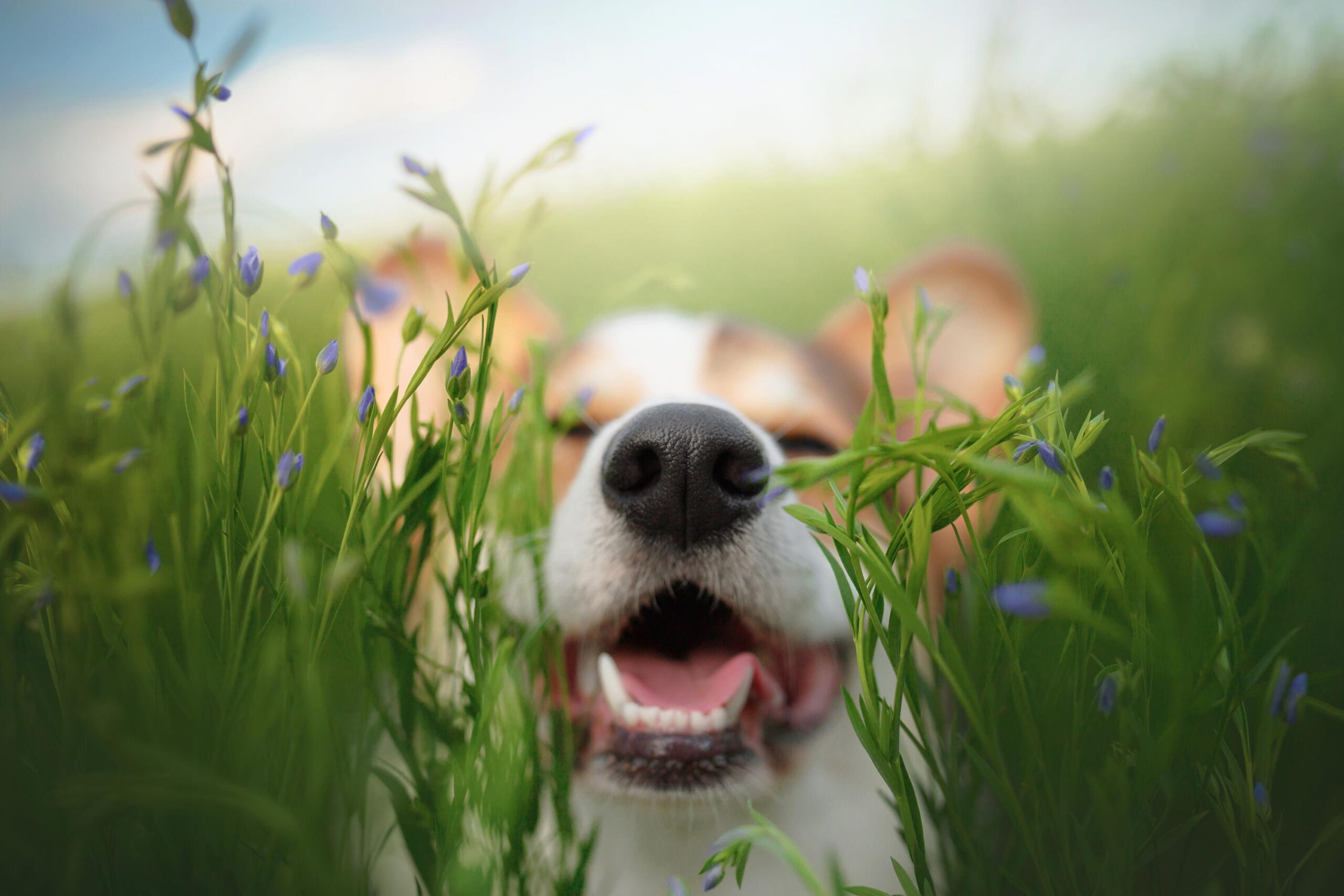
Receive $200 OFF AND FREE: TRAINING CRATE, PUPPY FOOD, PUPPY PADS & DOG TAG
When you take your new puppy home!
(Christmas Eve: 12pm-4pm, Christmas Day: Closed)
Trustindex verifies that the original source of the review is Google. We traveled hours, to adopt our newest family member. I called before we decided to make the trip, and was overly pleased with the amount of knowledge and education I received just simply over the phone. I fell in love instantly with our choice of character whom posed so well for pictures. He warmed our hearts. The staff went above and beyond in many ways to make sure we were happy once there. Even after the adoption, they showed more than enough, that we knew we made the right choice to choose their location. I highly recommend this place. Great people.
Owner's reply
Thank you for allowing us to expand your family. We have so much fun matching families with the right puppy. Thank you for loving your puppy as much as we do!Posted onTrustindex verifies that the original source of the review is Google. My husband and I recently brought home our sweet mini-Goldendoodle puppy from Pets and Pals in Staunton, and we couldn’t be happier! The staff was so friendly and knowledgeable, taking the time to explain the differences between breeds and helping us find the perfect fit. The store was spotless, no pet odors at all, which really impressed me. I also appreciated how they had us sanitize our hands before holding our puppy. It showed how much they care about keeping the dogs healthy. They even gave our little Teddy a bath before we took him home! One small suggestion: it would be great if the pre-filled cages came with items tailored to each breed’s specific needs. That would make shopping even easier for new pet parents. Overall, we had a wonderful experience and highly recommend Pets and Pals to anyone looking for their next furry family member!
Owner's reply
Thank you for the awesome review. Your puppy is too cute!! We enjoy matching people with the right puppy and seeing smiles on everyone’s faces! Thank you for being such a loving home.Posted onTrustindex verifies that the original source of the review is Google. Pets N Pals is absolutely amazing! Their team has extensive knowledge about pets, which gave us so much confidence when bringing home Teddy, our new goldendoodle. They are incredibly friendly and inviting, making the entire experience enjoyable. I especially appreciate how they checked in on Teddy to ensure he settled into his new home—it shows how much they truly care. We will definitely be back again if we decide to add another furry friend to our family. Thank you, Pets N Pals!
Owner's reply
Thank you so much for the feedback. We look forward to seeing you in the future and have enjoyed the photos of your puppy that you have shared so far!Posted onTrustindex verifies that the original source of the review is Google. Met Mr. Claws the other day. He's wonderful!
Owner's reply
He is definitely something special! Thank you for visiting him.Posted onTrustindex verifies that the original source of the review is Google. Nyx went to visit Emily Buchanan and the new self serve dog wash. 4 paws and 2 thumbs up. We flawlessly executed bath time here. The space is clean. The water is the perfect temperature. There are presets for all your shampooing and conditioning needs. The dryer means business. Need some brushes ? There’s a clean set within reach. No detail left unaccounted for. Left smelling like a cloud and shining like we have a professional grooming sponsorship. 12/10. Would boop again.
Owner's reply
Thank you so much for sharing your experience with our self-serve dog wash. We are glad you and your sweet pup enjoyed it!! we look forward to having you back in the future!Posted onTrustindex verifies that the original source of the review is Google. Loved the dryer in the dog wash station! Very powerful!
Owner's reply
Awesome feedback! Thank you for sharing and we look forward to you visiting again!Posted onTrustindex verifies that the original source of the review is Google. Been going here for a couple years now and they are always so incredibly friendly and helpful.
Owner's reply
Thank you for supporting us! Also, thank you for the very kind review.Posted onTrustindex verifies that the original source of the review is Google. I have been searching for so long for a long haired Dachshund and I was never able to get one and I almost got scammed so many times. When I finally decided to give up my Fiancé found this place, an hour and a half from us so he told me they have a puppy for me and that we are taking the drive that day. We go and every one is so nice, helpful, and supportive. They made sure to talk us through everything and even offer the option to finance the puppies which may not seem the best but for this breed they can get expensive. They showed me pictures of the parents and you can tell they truly want you to get a puppy that you love. I would recommend this place time and time again, I hope someday I can go back and get another baby.
Owner's reply
Thank you so much for making the drive and trusting us to expand your family! What a special, spoiled and loved puppy! Y’all were amazing to work with. We look forward to seeing you in the future.Posted onTrustindex verifies that the original source of the review is Google. This place is excellent, very friendly. They showed me how to work everything, it was very simple. My puppy is a year and a half and very energetic so it was nice to use their high pressure sprayers and the shampoo sprayer. It made bath time much faster than when I'm at home with just the tub and a pitcher of water. There's a blow dryer that has a low setting too, and they provide towels. We'll absolutely be back again!
Owner's reply
We are so happy to hear that you enjoyed your experience at our self-serve dog wash. We look forward to your next visit.
Our Hours
- 12pm - 7pm
- 12pm - 5pm
Our hours are subject to change due to holidays, inclement weather, etc. Alternate hours will be listed on Facebook.
